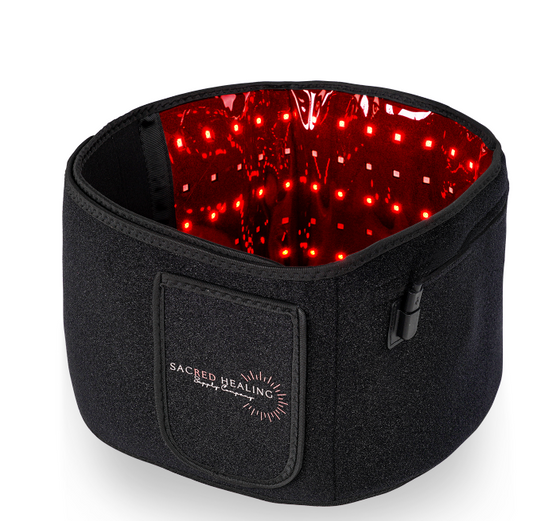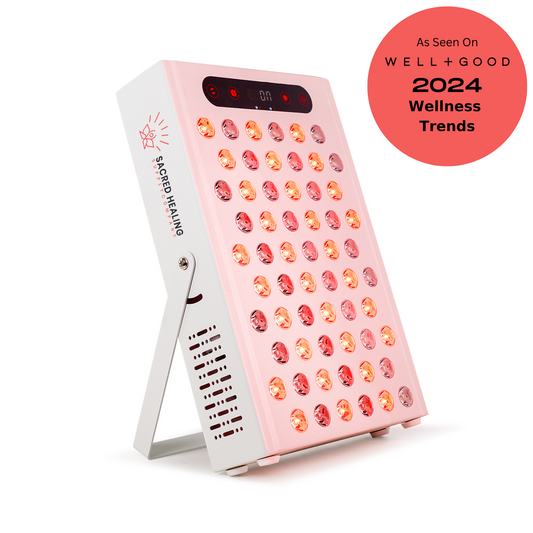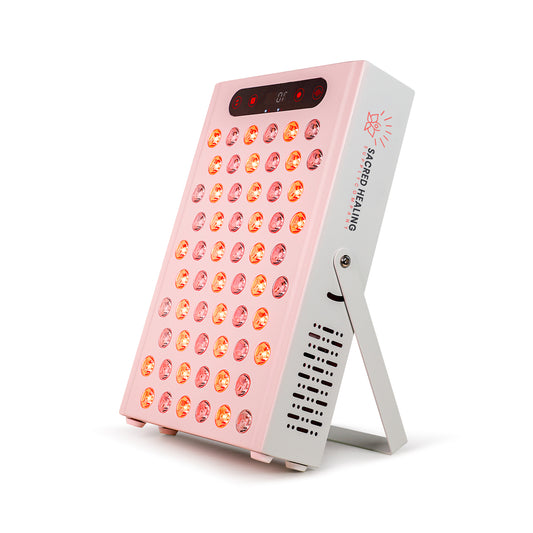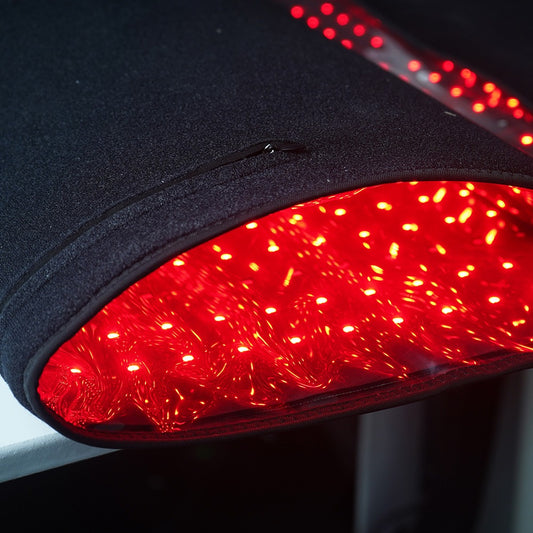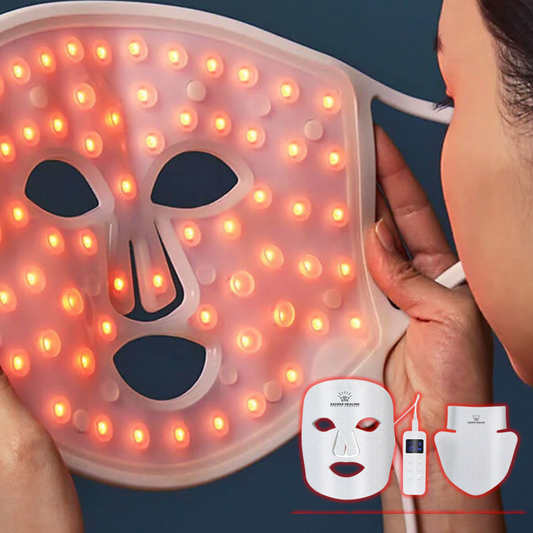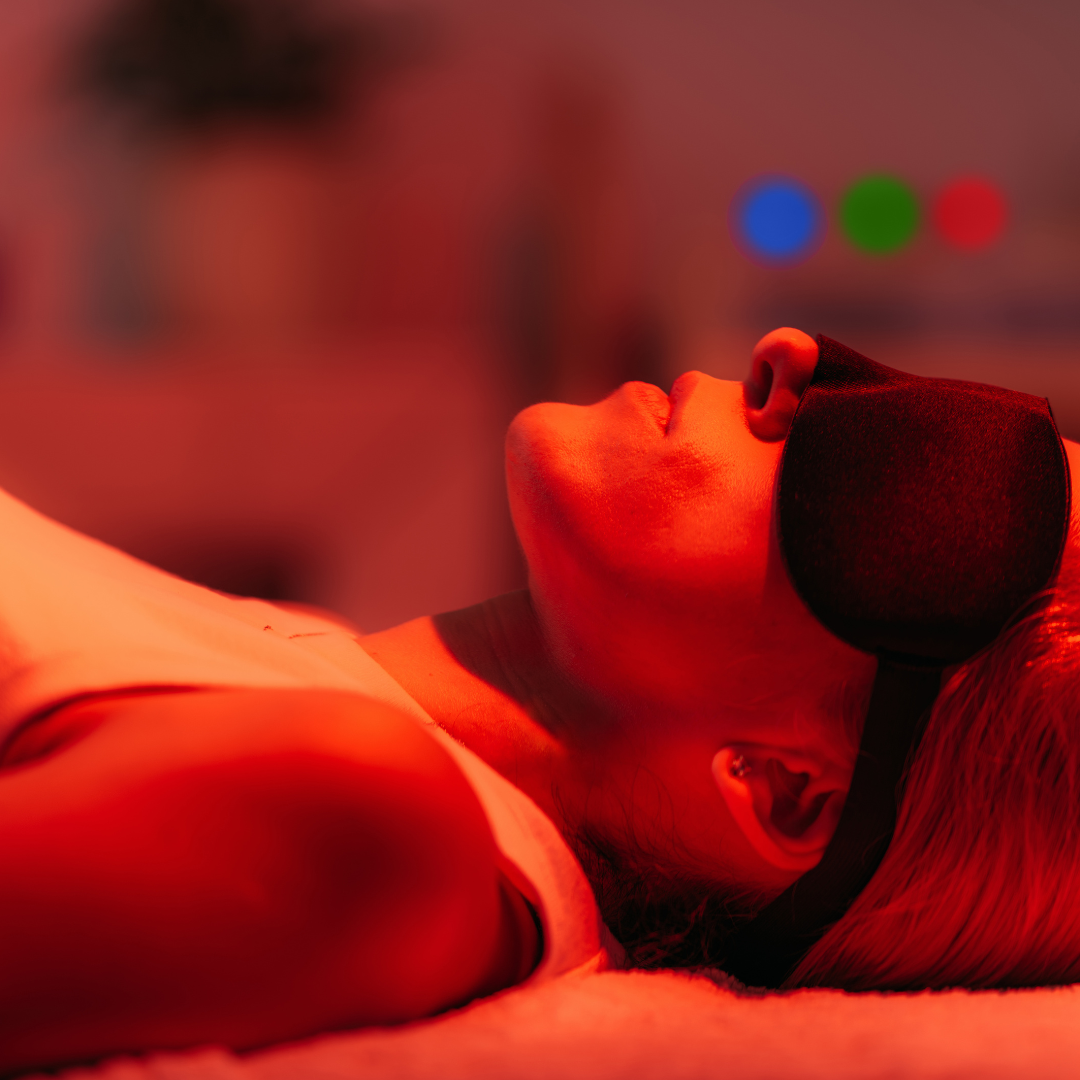
The Scientific Verdict on At-Home Red Light Therapy Devices
Share
Red light therapy has gained popularity in recent years as a non-invasive treatment for various health conditions. But what does science say about the effectiveness of at-home red light therapy devices? Let's dive into the research and find out.
What is Red Light Therapy?
Red light therapy, also known as low-level laser therapy (LLLT) or photobiomodulation, involves exposing the body to low levels of red or near-infrared light. This light is absorbed by the cells, stimulating various biological processes.
What Does the Research Say?
Scientific studies have shown promising results for the use of red light therapy in a range of applications. For example, a study published in the Journal of Clinical and Aesthetic Dermatology found that red light therapy can improve the appearance of wrinkles and fine lines, as well as enhance skin tone and texture.
Another study, published in the Journal of Athletic Training, found that red light therapy can help reduce muscle fatigue and improve athletic performance. Athletes who used red light therapy experienced less muscle soreness and were able to recover faster between workouts.
How Does Red Light Therapy Work?
Red light therapy works by stimulating the mitochondria in our cells. Mitochondria are responsible for producing energy, and when they are exposed to red or near-infrared light, they become more efficient at generating ATP (adenosine triphosphate), which is the energy currency of our cells.
This increase in ATP production has a range of benefits, including improved cellular function, increased collagen production, and reduced inflammation.
Are At-Home Devices Effective?
At-home red light therapy devices have become increasingly popular, but do they actually work? The answer is yes, but with some caveats.
While at-home devices may not be as powerful as those used in professional settings, research has shown that they can still be effective for certain conditions. A study published in the Journal of Cosmetic and Laser Therapy found that at-home red light therapy devices can improve the appearance of acne and reduce inflammation.
However, it's important to note that not all at-home devices are created equal. Look for devices that emit wavelengths between 630 to 850 nanometers, as these have been shown to be the most effective for red light therapy.
Conclusion
The scientific verdict on at-home red light therapy devices is positive. While more research is needed to fully understand the potential benefits and optimal treatment protocols, current studies suggest that at-home devices can be effective for a range of conditions, including skin aging, muscle fatigue, and acne.
If you're considering using an at-home red light therapy device, be sure to do your research and choose a device that meets the recommended specifications. All of our devices here at Sacred Healing Supply Company exceed recommended specifications. As always, consult with a healthcare professional before starting any new treatment.


